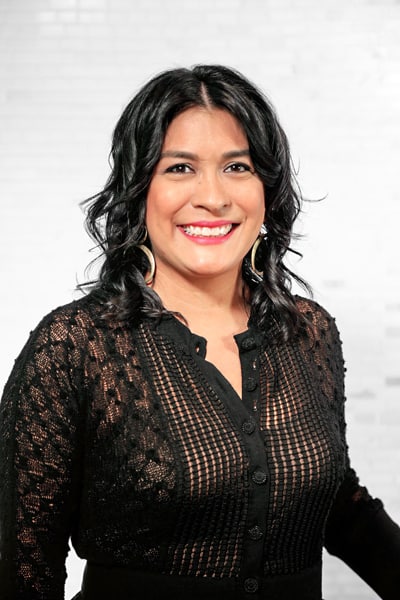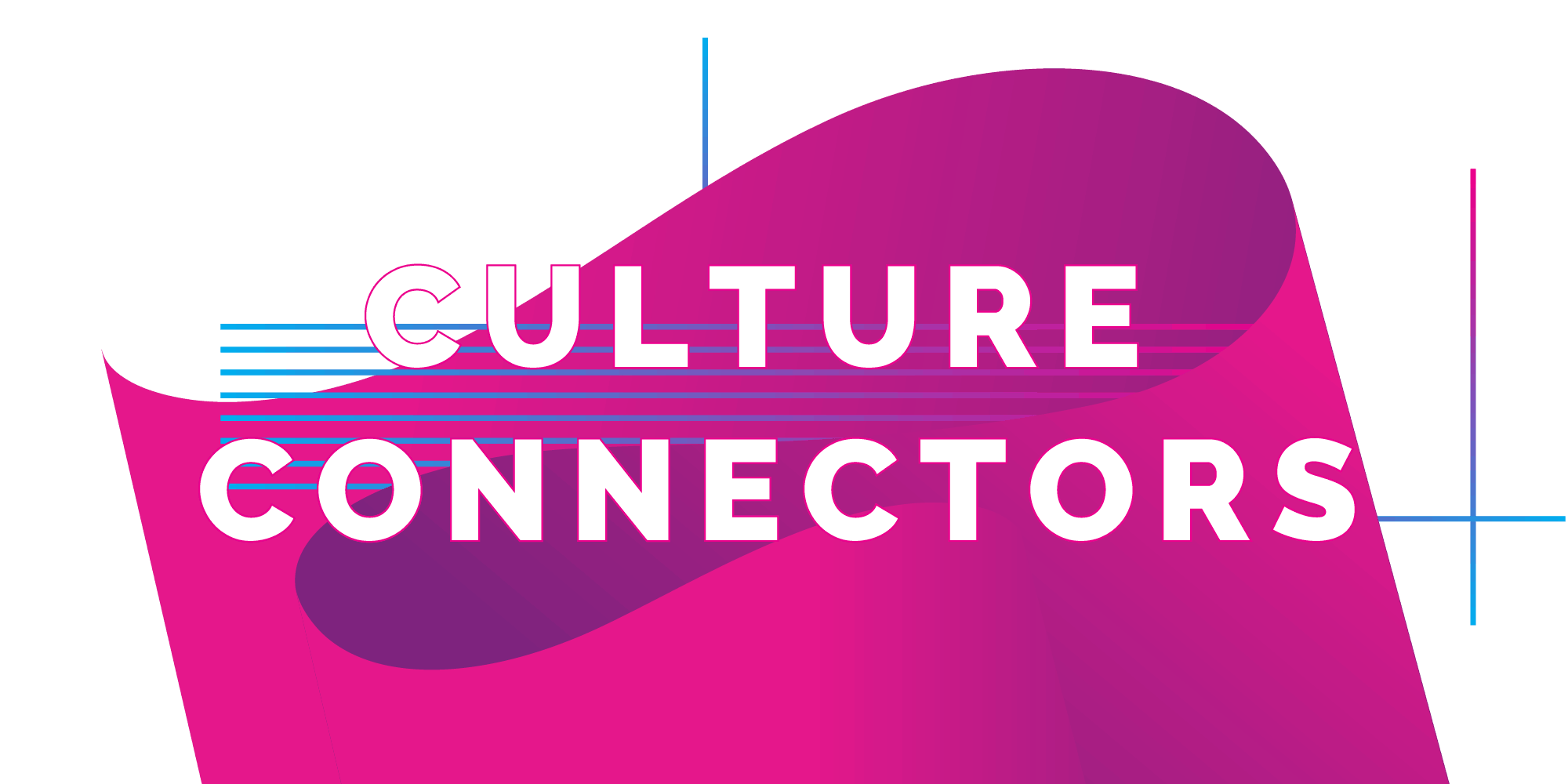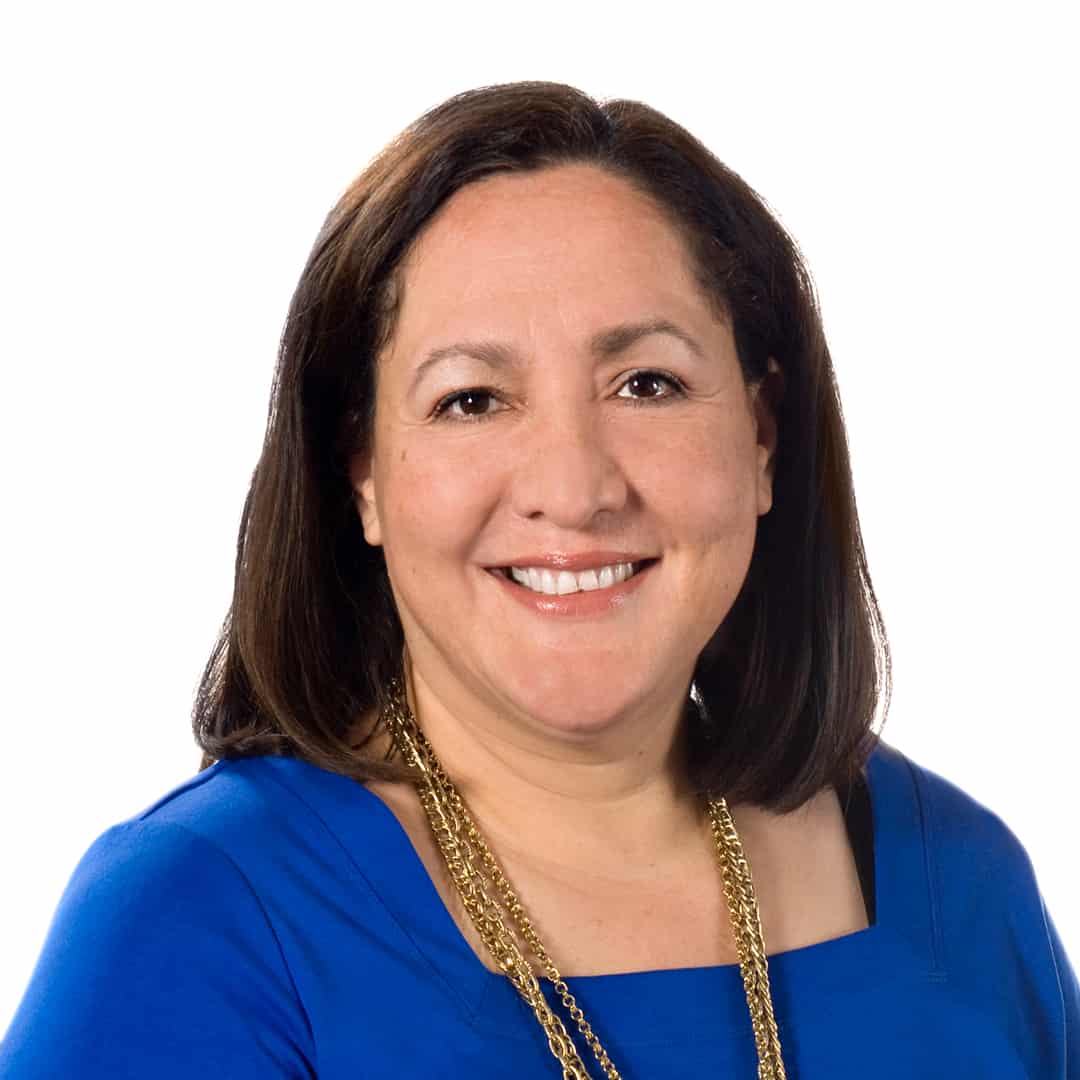
Laura Marquez was ready to return home. In fact, she had returned home. After several years away from her native Texas—largely working in Washington, DC, in the public policy space—Marquez bought a house near her family and got a dog, determined to put down roots.
Then, Google called.
They asked if she would be interested in putting her name in for consideration for a new role that was being created. Marquez immediately agreed.
Today, Marquez is the head of Latino community engagement at Google. She started toward the end of August 2016, just in time for Hispanic Heritage Month. Although she had planned to settle down near her family, Marquez ultimately felt this was the right opportunity at the right time. She gladly packed her bags (and her puppy), sold her house, and moved to New York City. Marquez hasn’t looked back.
In an interview with The Alumni Society, Marquez discussed diversity and inclusion at Google, her favorite initiatives with the tech giant, and mind-clearing walks with her furry friend.
What do you personally enjoy most about Google’s culture?
What excites me most is the creativity and innovation that happen here. Our Googlers love to tackle problems, and when you bring that innovation and creativity to the table, you can essentially come up with a 10X solution to a problem. That’s where the real magic happens. It’s just a really inspiring place to work.
How was the experience of transitioning from government into business and into tech?
Many of the skill sets that I developed in government are the things that have helped me be successful here at Google. The coalition building, the creativity and innovation, the problem-solving, and analytical skills—all of those are directly transferable to a place like Google. Google has a different, quirkier culture, but one that I think is a lot of fun. In government, for example, you don’t wear a baseball hat with a propeller on your first day, which is what actually happens in orientation here at Google. It’s just one of those funny traditions. Things move at a different speed within tech, and I think within our company specifically, largely because of the way we use technology. I think there’s certainly a lot that government can learn from tech.
What are the main pillars of your job?
My content pillars are education, community advancement (including economic empowerment) and inclusion. Inclusion can mean so many things: product inclusion, content inclusion, cultural inclusion. That’s the beauty of it. At a place like Google, it’s important that we prioritize this so that we can design for all users.
What has been one of your favorite initiatives while at Google?
In October 2017, we held our first Hispanic-serving institution (HSI) faculty summit, where we hosted approximately forty faculty from twenty-four institutions across the United States, including Puerto Rico. It was an amazing moment in time where we came together to focus on bridging the gap between the education space and the tech sector. Developing partnerships and relationships is an important part of this process: it’s about learning from one another and then from that experience, thinking how we can partner more deeply together. Coming out of that summit, we hosted a small group of that faculty at our Mountain View campus this summer for an immersive, four-week program. The faculty worked with peers in designing and implementing project-based, industry-informed curriculum at their home colleges and universities. This is the type of partnership that can be transformational, because just one faculty member can touch the lives of so many students over the course of one year.
How is your role in service of diversity and inclusion in the technology field and how is your team leading by example?
My role is in service of diversity and inclusion here at Google, and I believe that it also has implications beyond. One of my favorite projects that I worked on—Latino Cultures in the US—was in partnership with our Google Arts and Culture and Policy teams. We utilized our platform to showcase the unique contributions Latinos have made in the US. Our team worked with over fifty nonprofit cultural institutions across the US to develop what is now the largest digital collection of US Latino art, cultural artifacts, and historical artifacts.
Google’s mission is to organize the world’s information and make it universally accessible and usable to all. We view diversity and inclusion as a business imperative because it allows us to better serve all users.
How would you describe your leadership style?
Leadership by example. I’m a firm believer that the way you will teach, inspire, and motivate others is to lead by example. I would never ask anyone to do something that I’m not willing to do myself, and I put myself 100 percent into my work. So, find your passion, set your goals, and bring it to life—others will see the passion that you have for a project, an issue, and a cause and hopefully will be inspired to also play a role in the work.
At the start of your career, what do you wish you had known?
The importance of taking calculated risks. Whether that means starting a business, advocating to be the lead on project, or putting your name in the hat for a new role or position—calculated risk taking can be an important part of your career development and strategy. I wish I had been able to articulate that earlier on in my career and to claim ownership of that piece of my story.
As I think about how this applies to the Latino community engagement space, I know that it also has a role to play. Oftentimes, Latinos can be very humble in the way that we talk about our work and our accomplishments and that shouldn’t be the case. This is the time for us to think about how to own and elevate our collective stories. And the calculated risk taking is what will help us advance even more as a community. Entrepreneurship, utilizing your voice in different ways—there’s so many different ways you can take it.
What behavior or personality trait do you most attribute to your success?
Perseverance. I’m a hard worker, and this has helped me push through some difficult times. When I feel like something needs to be done, I chip away at it—I persevere until I am satisfied with the product. And the other important muscle that I’ve developed over the years is resilience. If you hit one wall or you’re told “no” in one place, it’s not failure. You just go at it in a different way.
A key part of success is cultivating a strong network. What’s one way you cultivate your network?
A core part of my job is cultivating networks. I travel a lot and always make the time to meet with community leaders and grassroots organizations. I also take the time to meet up with a friend who lives in the area. I think it’s important to maintain contact with people, and that one-on-one time in-person is important. Social media and texts make it easy for the casual check-ins, but it is easy to forget that the in-person interaction can be the most meaningful.
What are the greatest simple pleasures for you?
I travel so much that sometimes it’s nice just to have a weekend at home. Also, I have a beautiful dog, my fur baby. He’s 42 pounds of love, and half beagle and half basset hound. Honestly, the morning walks with him are the best simple pleasures I have. It’s a wonderful way to start the day and get my thoughts collected.
Listen to Laura Marquez on the final episode of The New Majority podcast, The Culture Connectors.


